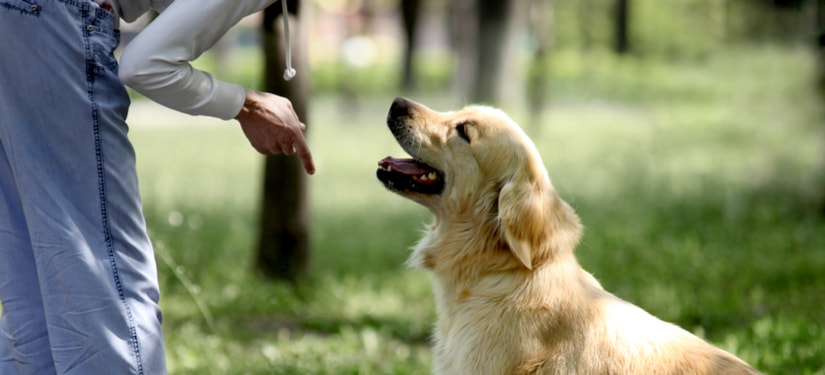The Best Time & Age to Train your Dog

A successful dog training can be attributed to a lot of factors, like the dog’s age, temperament, ability and eagerness to learn, and to the trainer’s patience and expertise in teaching lessons. While it may look easy, training your pooch can be challenging. Any of the mentioned factors could go wrong, especially since humans and dogs are two different creatures that are pushed to work and communicate together in order to live harmoniously.
But if you have experienced training a dog yourself, you know very well the benefits of having a properly trained dog around your home. Aside from the fact that they give you fewer headaches by peeing at the right places and leaving your furniture alone, they can serve as a protector against intruders and watchers for any danger and accidents around your home. Not to mention that a trained pooch can be a source of entertainment and fun for your house guests who adore your four-legged friend. (Wanna know how to deal with house guest complaints about your dog? Click here.)
If you are a first-time dog owner or a long-time one who often fails at making your dog follow you, you are probably wondering as to when would be the best time to train him or her. Answer: it really depends on the factors I have mentioned earlier, most notably the age and their current condition.
Puppies
Trainers say that the earlier you teach your dog, the better. But not too early that their eyes are still closed, and they are yet highly dependent on their mother for movement and direction. A good indication that they are ready to be taught is when they can walk around and yap their hearts out.
Another benefit of teaching them early is the fact that they have a “clean-slate” brain. Meaning, they do not have habits that need to be removed and re-learn, no prejudices about who to follow (except their mom), and no predetermined rewards that they want to have before you can make them do what they want. In short, teaching puppies is teaching them from practically nothing.
But not all of us have the benefit of receiving a newborn puppy as young as two weeks old (the estimated time that the babe can walk). If you get your pup from a breeder, he or she would probably be six to eight weeks old by the time the puppy is in your arms since he or she still gets sustenance from the mother.
In this case, give him time to adjust to your home by letting him explore the house before starting training. Doing it ASAP while he is still getting used to his new place can add stress, causing him to not listen to you no matter how much you bribe him.
Adult dogs
Training adult dogs is a bit trickier; unlike puppies, they have A LOT of unfavorable habits that need to be unlearned and changed if he wants to continue living with you. This is why the best time of day to teach an adult dog is as soon as you see an unwanted behavior he did during the day. Informing him that it’s wrong immediately after he has done it would reinforce the fact that it’s wrong, further encouraging him not to do it again.
The good thing about adult dogs is that you can train them anytime you see fit-no need to wait for the right age or temperament to come before teaching him how to sit.
Adopted dogs
Dogs that came from adoption houses and shelters could come from different backgrounds, with stories that could either be fun or painful to hear. Thus, it is best to give them time to warm up to you and the new environment before housetraining them.
If you’re lucky, most adopted dogs are already housetrained to different tricks and habits because of their previous upbringing and predicament. In which case, all you need to do is refresh or teach him the right locations on where to pee, poop, and sleep, and you’ve already conquered half the battle.
To know if the dog you are eyeing in the shelter is already housetrained, ask the volunteers and other staff about the dog’s behavior. Some can even let you bond with dogs of your choice for a specific time to help you reach a decision. (For more tips on what to know before adopting a dog, click here.)
Dogs with disability
This is probably the trickiest to train because the best time to do so would largely depend on the extent of the pooch’s disability. Some dogs may end up becoming mostly dependent on their owners for the rest of their lives.
Those who are allowed to be trained, however, may be advised to limit the tricks and commands that should be taught, especially if the dog has hip dysplasia or arthritis. In some cases, your vet might recommend that a licensed dog trainer or physical therapist would primarily lead the training while you act as a support so that you can know how to do it at home.
NEVER train a dog with a disability without the approval of your vet, as the movements could aggravate the ailment your pooch is experiencing.
Whether your pet is still a puppy, an adult dog, an adopted one, or is disabled, he or she would greatly benefit from the training you can give him. Not only would it help you in keeping him safe; it also stimulates his body and mind to continue moving and learning new things-a sure-fire way to prevent obesity and Alzheimer’s disease from coming in your pup’s way.
